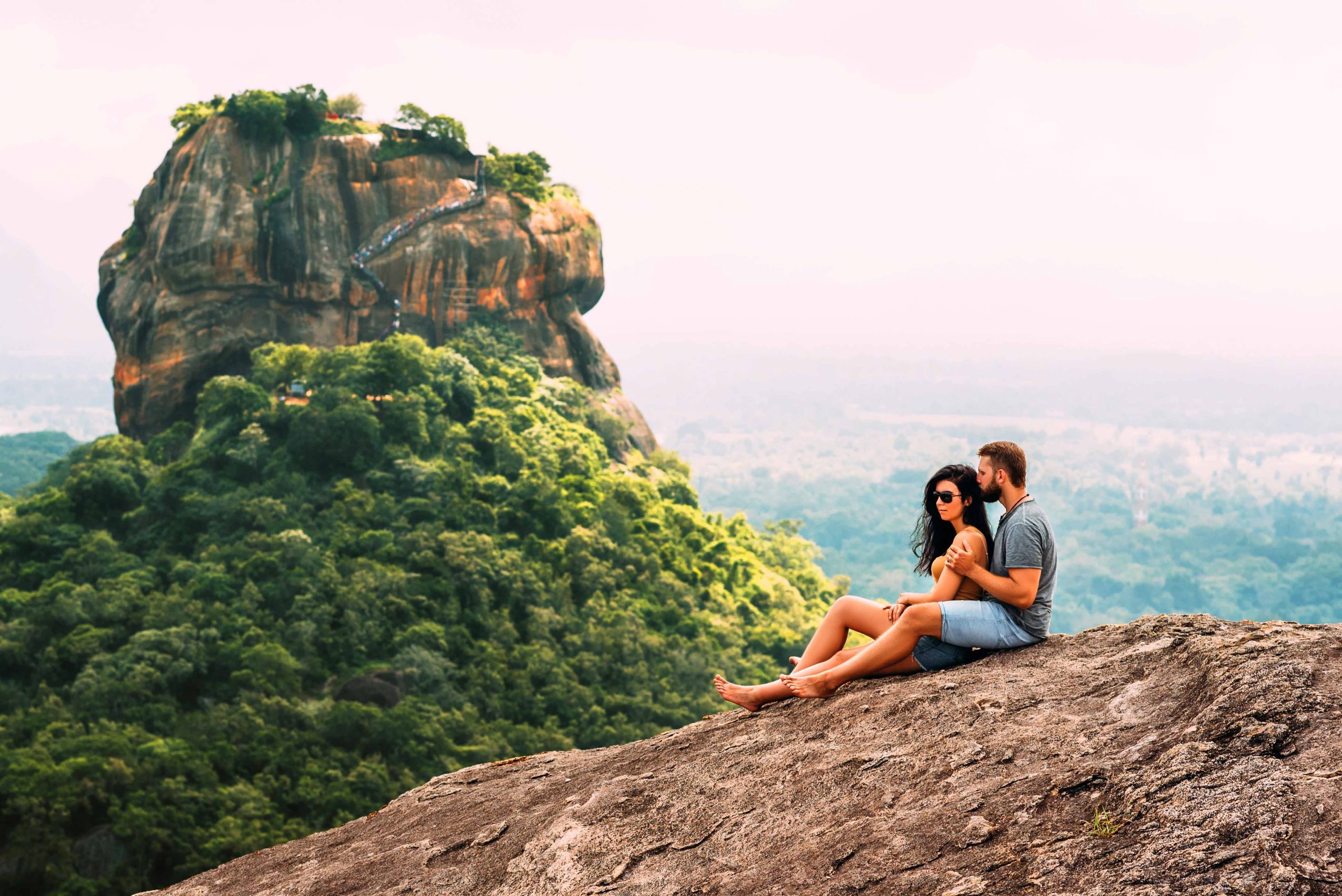The Majestic Lion Statues of Sri Lanka
This article explores the enchanting world of the majestic lion statues found across Sri Lanka. We will delve into their history, significance, and the locations where you can find these impressive sculptures. Join us on a journey to understand these captivating symbols of strength and culture.
Table of Contents
ToggleWhat is the significance of lion statues in Sri Lanka?
Lion statues hold a special place in Sri Lankan culture and history. They are symbols of strength, courage, and pride. The lion is closely associated with the island’s ancient kingdoms, particularly the Kingdom of Sinhala, where it was seen as a powerful emblem. These statues are often placed at the entrances of temples and palaces, showcasing the grandeur and protection that lions symbolically offer.
The lion’s imagery is deeply rooted in Buddhist traditions as well. For instance, it is frequently depicted in ancient art and architecture, which illustrates the integration of spirituality and cultural heritage. These majestic creatures remind locals and visitors alike of the island’s rich history, making them not just decorative but iconic representations of Sri Lanka’s identity.
Where can you find the famous lion statues in Sri Lanka?
One of the most renowned sites for lion statues is the Sigiriya Rock Fortress. This UNESCO World Heritage site features a massive lion’s paw, which is a gateway to the fortress itself. As you ascend the rock, you can explore the ancient frescoes and ruins while marveling at the lion’s impressive figure. Tourists often find this site to be a must-visit while traveling through Sri Lanka.
Another notable location is the Ruwanwelisaya Stupa in Anuradhapura. This ancient structure is accompanied by small lion statues that guard the stupa, reinforcing the importance of these guardian figures in the culture. The statues found here resonate deeply with both pilgrims and travelers, who appreciate the spiritual ambiance and historical significance of the site.
How were these lion statues constructed?
The construction of lion statues in Sri Lanka involved skilled artisans and a significant amount of labor. Traditionally, artisans used local stone such as granite, which was readily available from nearby quarries. The statues were often handcrafted, requiring meticulous attention to detail to capture the lion’s features accurately. This laborious process shows the dedication and artistry of ancient craftsmen.
Over the centuries, various techniques have evolved, contributing to the unique styles of lion statues seen across the country. Some statues are larger than life, while others may be smaller and intricately detailed. The combination of size and detail varies according to the specific site and its cultural significance. Despite these differences, the central theme of representing strength remains consistent throughout all lion sculptures.
Why do tourists flock to see lion statues?
Tourists are drawn to lion statues in Sri Lanka for several reasons. Firstly, these statues serve as historical icons, and visiting them offers insights into the island’s rich culture and heritage. Travelers often appreciate learning about the stories and myths surrounding these majestic figures.
Additionally, the picturesque settings where many lion statues are located heighten their appeal. For example, the stunning backdrop of the Sigiriya fortress enhances the experience, making it a perfect spot for photography. The majestic visuals, combined with historical context, create a compelling reason for tourists to seek out these captivating sculptures during their travels in Sri Lanka.
How do lion statues connect to Sri Lankan identity?
Lion statues are an integral part of Sri Lankan identity. They represent not only the island’s history but also its culture, values, and traditions. The lion has long been viewed as a national symbol, instilling pride and resilience among the people. This connection is evident during cultural festivals and ceremonies, where lion imagery frequently appears.
Moreover, as Sri Lanka continues to evolve and modernize, lion statues remind locals of their roots. They encourage a sense of unity and belonging, as the rich stories tied to these statues resonate with generations. This ongoing significance helps to keep the traditions alive, even as new influences evolve within the country’s culture.
Conclusion
The majestic lion statues of Sri Lanka are more than just artistic creations; they are powerful symbols of the nation’s heritage, resilience, and identity. Visiting these stunning sculptures allows travelers to connect with the history and culture of this beautiful island. From the grandeur of Sigiriya to the serene Ruwanwelisaya Stupa, every lion statue has a story to tell. Whether you are a history buff, an art lover, or an adventurous traveler, encountering these majestic statues will enrich your journey through Sri Lanka.
FAQs
1. Are there any guided tours that include lion statues?
Yes, many local guides offer specialized tours that focus on historical sites, including lion statues. These tours often provide insights into their significance and the stories behind each statue.
2. Can I take pictures of lion statues?
Yes, photography is usually allowed at most sites featuring lion statues. However, always check for any specific restrictions or guidelines to respect the cultural sanctity.
3. Are there any festivals related to lion statues?
While there are no specific festivals solely dedicated to lion statues, many cultural festivals in Sri Lanka incorporate lion symbolism, showcasing traditional performances that celebrate the nation’s heritage.
4. Is there a best time of year to visit these sites?
The best time to visit is during the dry season, which typically runs from December to March. This period offers pleasant weather, making it ideal for exploring historical sites.
5. Are lion statues found in other countries?
Yes, lion statues can be found in various cultures worldwide, each with its unique design and symbolic meaning. However, the statues in Sri Lanka are distinctive due to their deep historical and cultural ties to the island.
All Categories
Recent Posts
Understanding the INR to LKR Exchange Rate
Finding Your Perfect Apartment in Sri Lanka
A Day in Galle: Timeless Beauty

